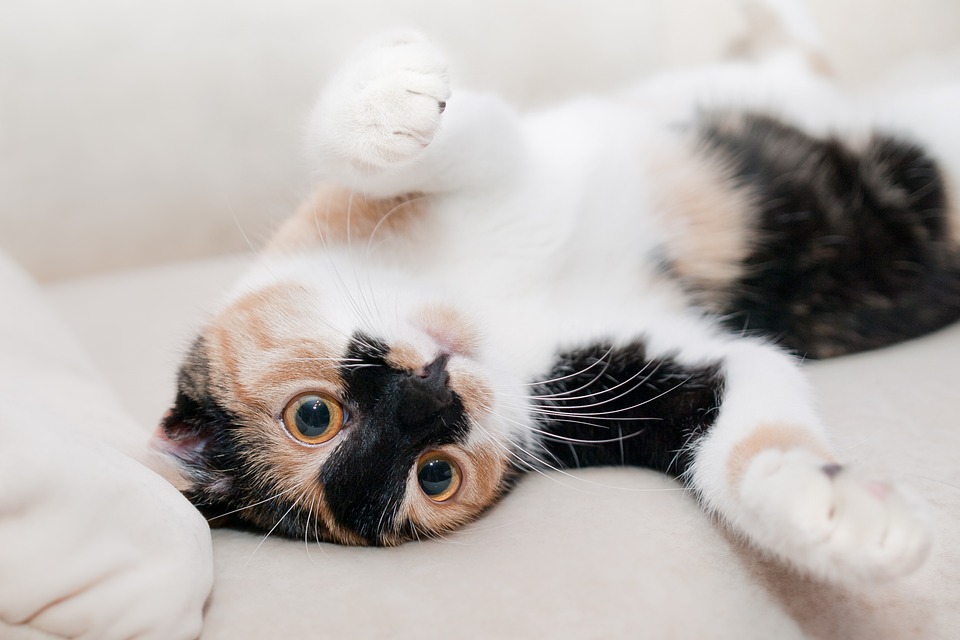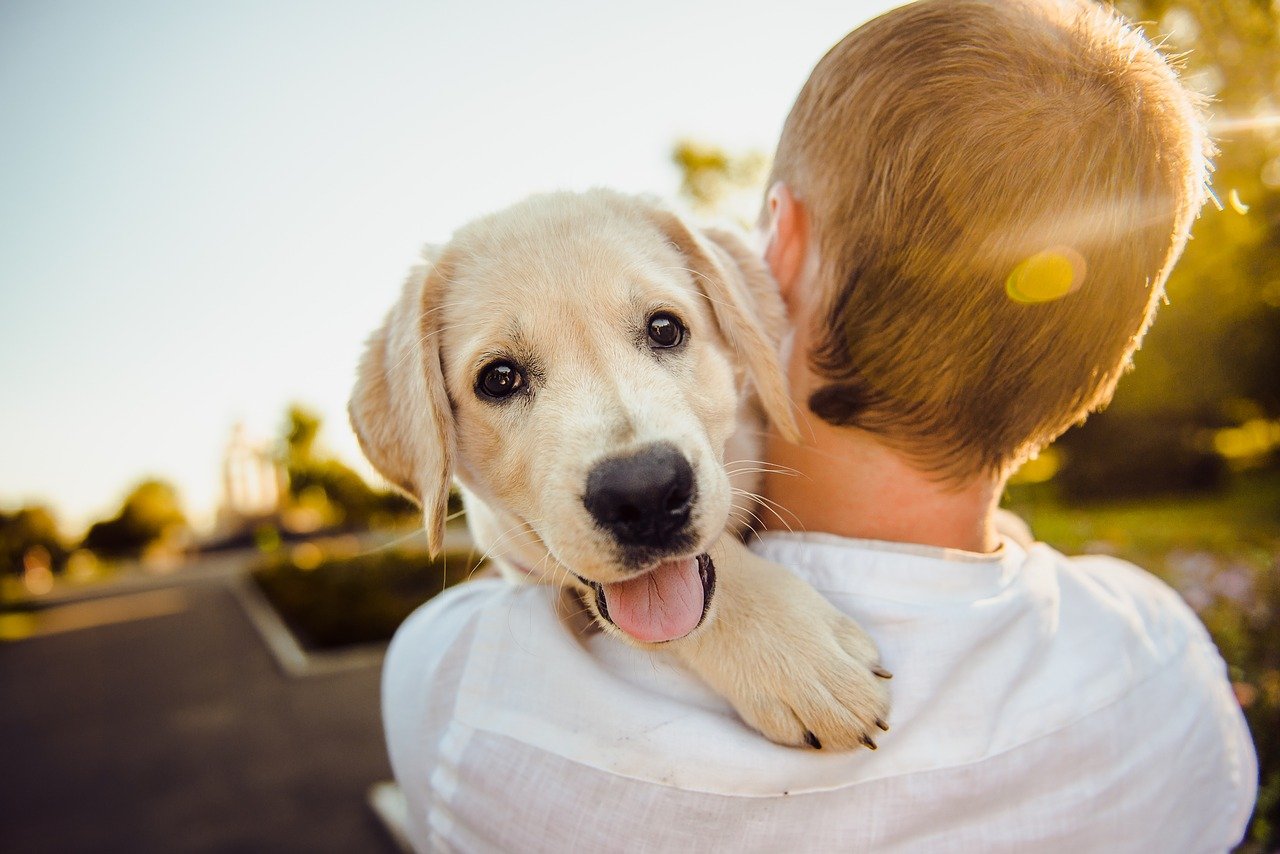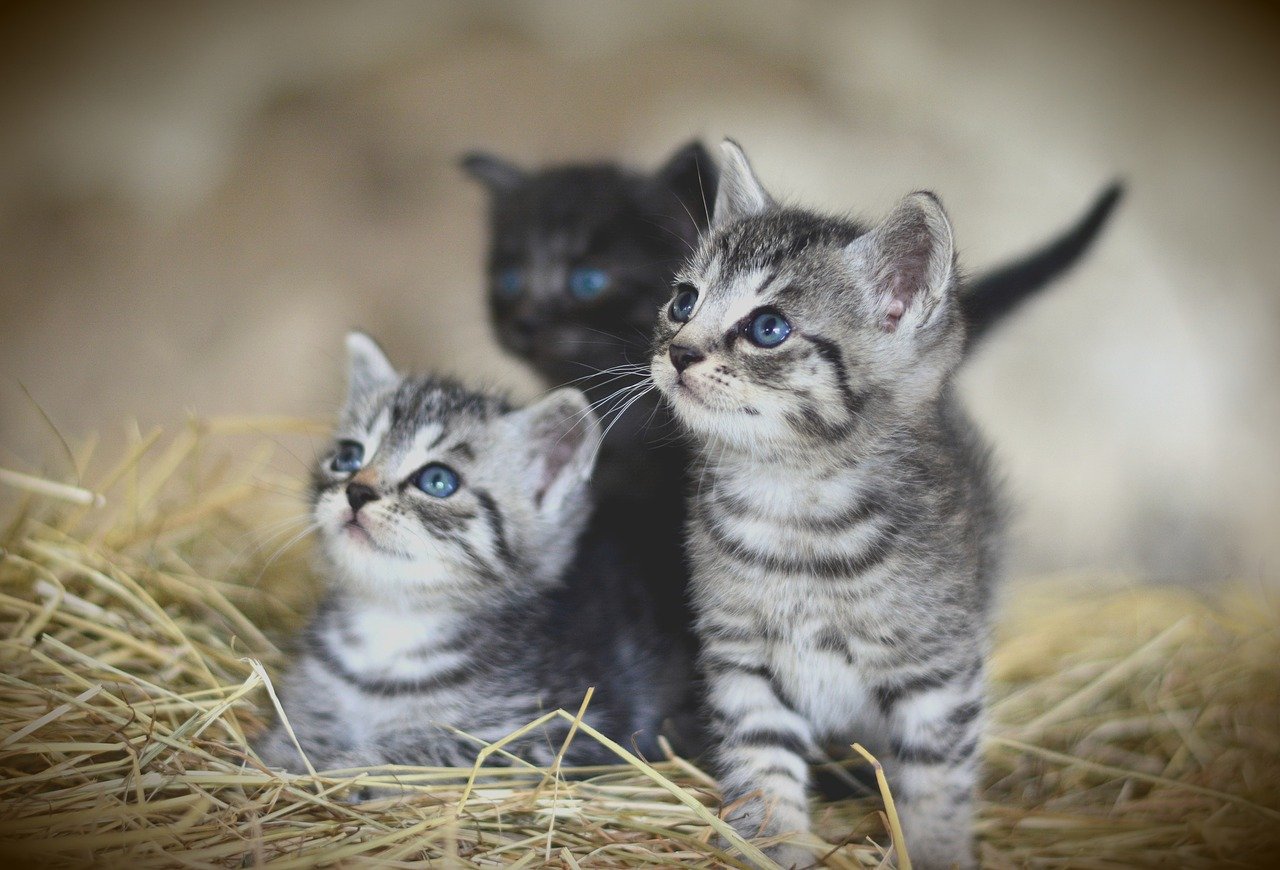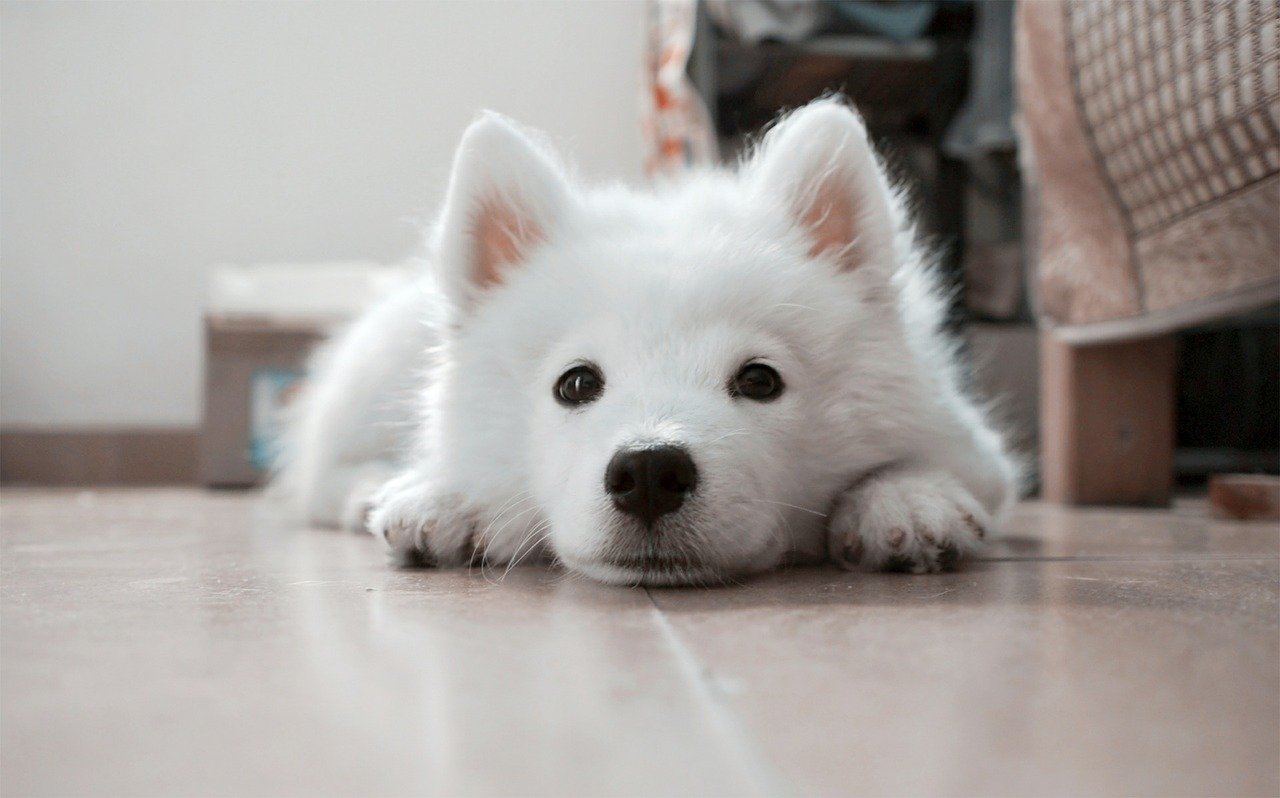Scottish Deerhound - Breed Facts, Simple Care Guide, Price Info
The Scottish deerhound is an incredibly majestic and quite old breed of hunting dogs. Currently, the role of these dogs in hunting is not as big as in the past, and game chasing has been replaced with dog racing. Dogs of this breed are large, and their unique silhouette only adds to their grandeur. The Scottish deerhound is a dog with a high dose of determination. Who is it a perfect companion for? How to take care of such dogs? Find out.
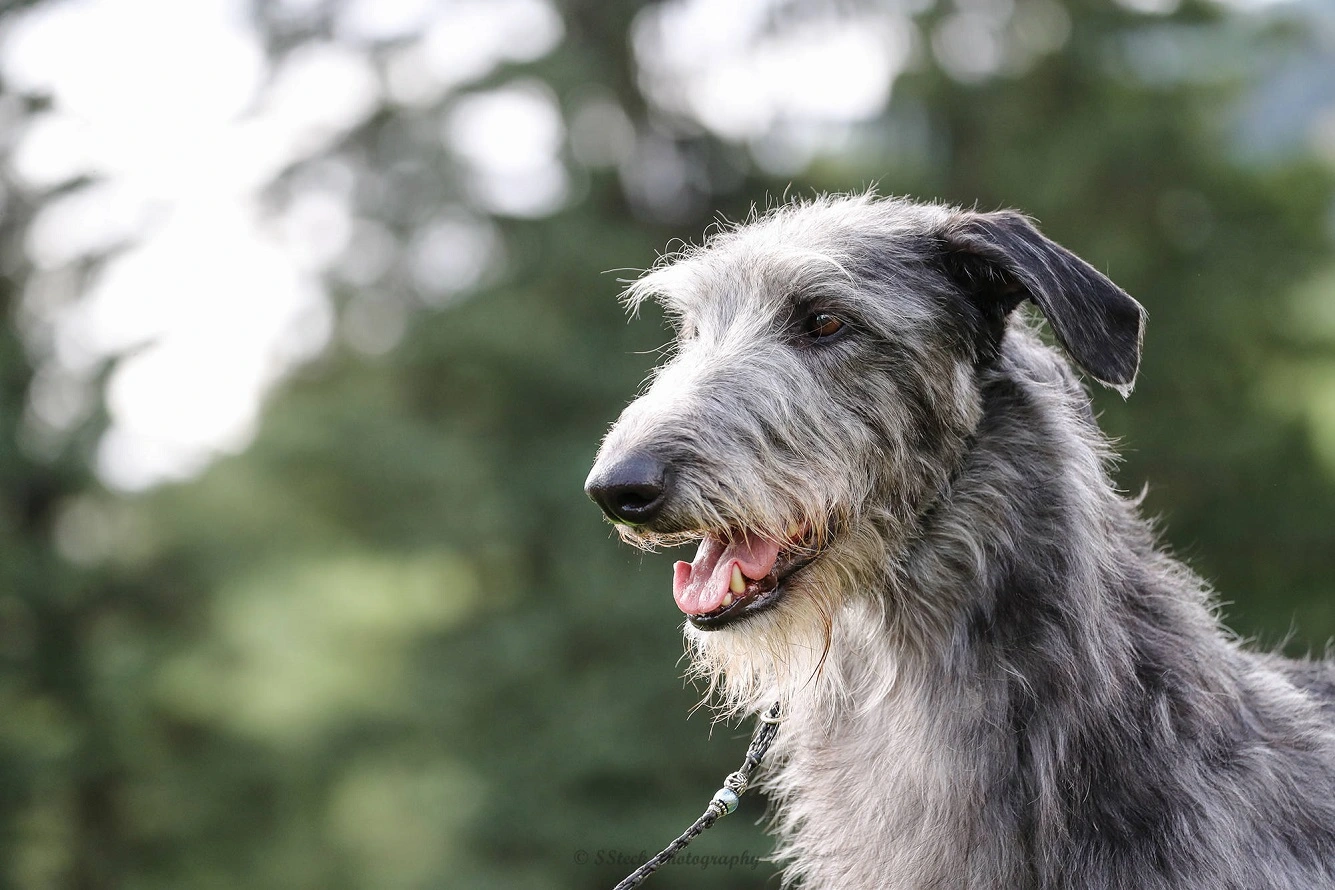
The Scottish deerhound – the history of the breed
The Scottish deerhound, or simply deerhound, is a breed that first appeared in Scotland. It was brought there by Phoenician merchants. Because of their silhouette, sighthounds were used for hunting and chasing game back when the Romans were still in power.
The first mentions of the Scottish deerhound appeared in 1528, when King James VI and I gave dogs of this breed to the King of Denmark. The breed reached the peak of its popularity in the 17th century, when they were used mainly as coursing dogs.
The Scottish deerhound became famous again in the 1800s. This time, it was treated as a royal dog, with Queen Victoria being among the proud owners. The breed debuted in dog shows in 1860 in Birmingham, and the breed standard was approved in 1892.
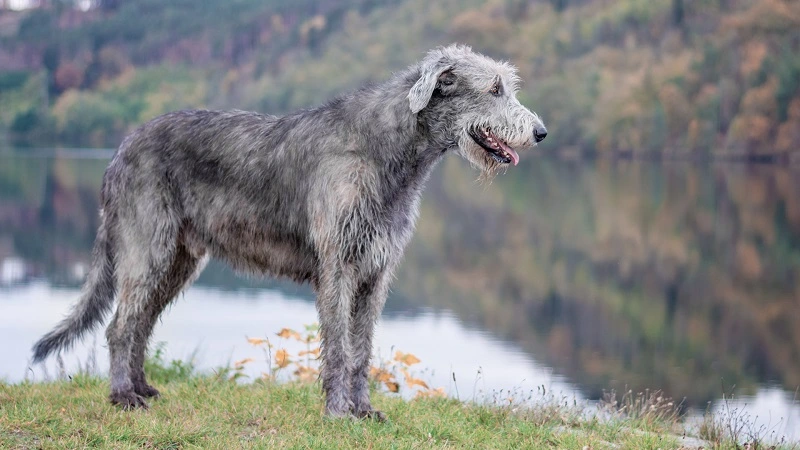
What does the Scottish deerhound look like?
The Scottish deerhound’s appearance resembles a wire-haired greyhound. The skull is relatively flat, narrowing towards the eyes. The dog has medium, round eyes. They are located relatively high.
The Scottish deerhound is a tall animal. Males are about 76 cm (2.5 ft), and females 71 cm (2.3 ft) tall at withers. The wired fur is a characteristic feature of these dogs. It’s thick and growing close to the body. The length should be kept at 8-10 cm (3.1-3.9 in).
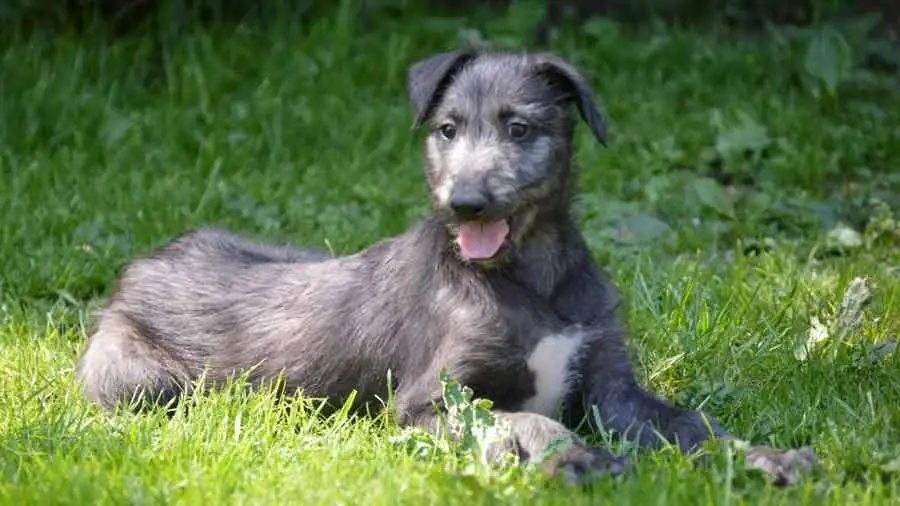
What is the temperament of the Scottish deerhound?
The Scottish deerhound is a large, fast and resilient dog. It’s an incredibly gentle animal that can become a well-behaved dog through proper training and socialization.
The breed needs not only physical, but also mental exercise. In comparison with other sighthound dogs, this variety doesn’t display a strong independence.
If taught since being a puppy, the animal can easily endure its caregiver’s absence, so one can leave it alone at home. The Scottish deerhound has calm temperament and isn’t likely to destroy objects.
Is the Scottish deerhound a dog for everyone?
The Scottish deerhound is a perfect dog for everyone, even people who lack any experience with animals. Its calm personality and high intelligence makes it a great companion for adults and children. Nonetheless, note that the dog needs a lot of exercise. If the animal lives in an apartment, everyday walks – at least one-hour long – are essential.
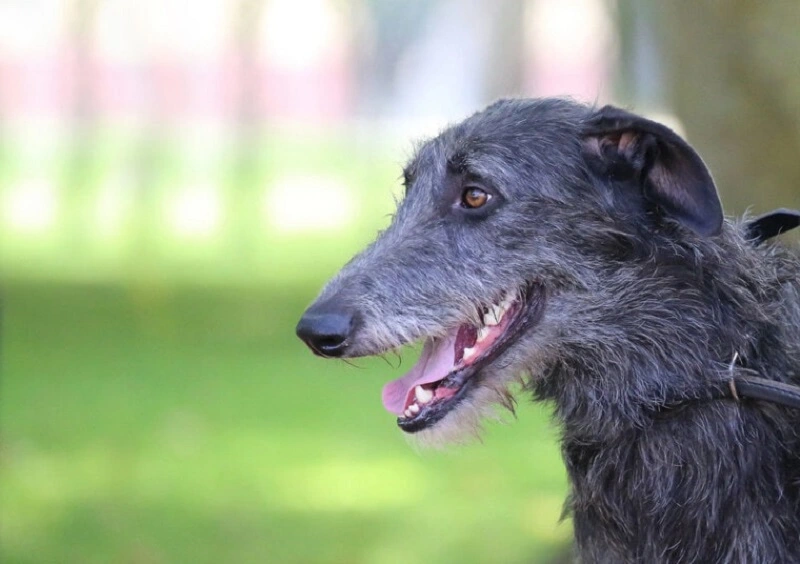
Do Scottish deerhounds require intense training?
Deerhounds are incredibly intelligent animals. They eagerly train with their owners – it’s worth noting, though, that these dogs have a strong character and a lot of tenacity. They are clever and learn fast, but require a lot of attention. It’s essential that every dog of this breed receives a proper training.
Does the Scottish deerhound need special feeding?
The Scottish deerhound is not a particularly gluttonous or picky dog. Keeping its weight at an appropriate level shouldn’t be a challenge. But one has to make sure to adjust the type of food to the animal’s age.
Deerhound puppies should receive meals more often. As they grow up, one can reduce the frequency of feeding. To diversify the meals, both wet and dry dog food can be used.
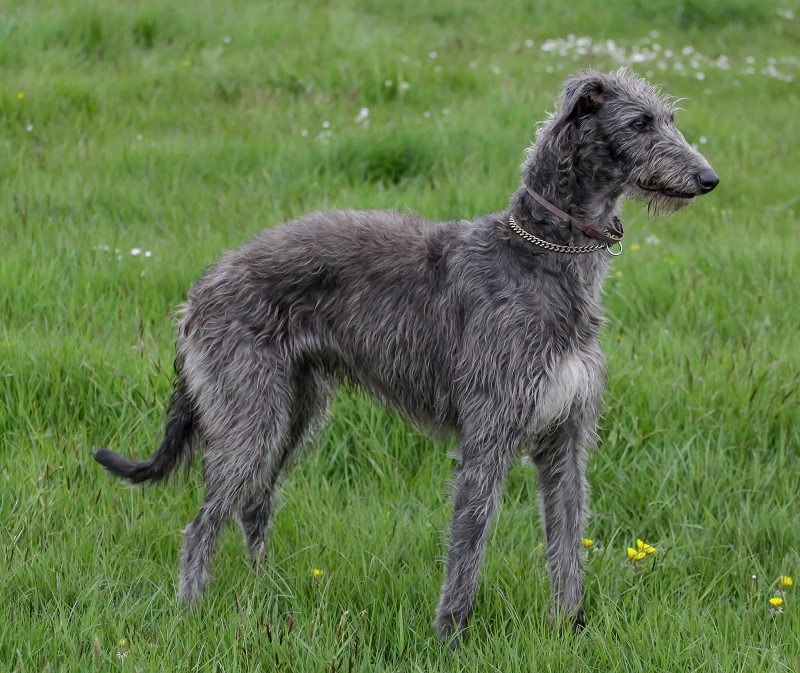
Grooming – how to care for a Scottish deerhound?
The Scottish deerhound doesn’t need to be specially groomed. The owner should remember about regular fur brushing, twice per week. The hair can be trimmed to highlight the dog’s silhouette.
One should check the eyes, the ears, and the teeth of the dog once per week. Don’t forget about regular control of the paws.
Is the Scottish deerhound prone to diseases?
The Scottish deerhound is vulnerable to several diseases. Osteosarcoma is one of the most frequently diagnosed. It’s a malignant tumor that attacks bones and can grow for many months without any symptoms. A dog suffering from this cancer can develop the following issues:
- lumps and irregularities,
- swelling,
- lameness,
- neurological symptoms.
A dog attacked by a tumor isn’t likely to get healthy again. Chemotherapy and surgeries only slow down the cancer growth.
Just like other large breeds, the Scottish deerhound might also suffer from hip dysplasia.
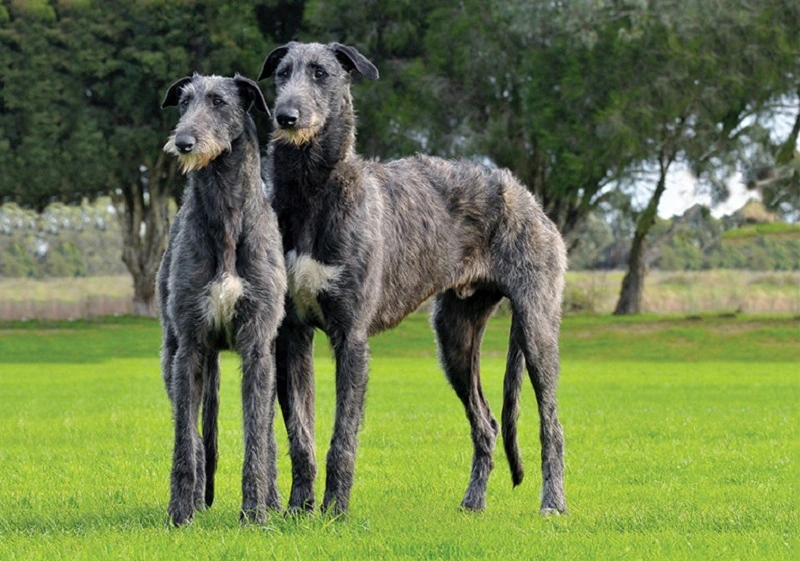
What is a typical lifespan of the Scottish deerhound?
The Scottish deerhound isn’t a long-living breed, mostly because of its health issues. Dogs of this breed live 8-11 years on average. Of course, it’s not a rule. Everything depends on the health of a particular dog, as well as the conditions it lives in.
The Scottish deerhound – puppies and prices
Future deerhound owners should be prepared to spend a lot of money on a puppy of this breed. The Scottish deerhound costs $1,500 on average. Depending on the pedigree and the breeder, the prices might get even higher. The high price is one of the reasons why these animals aren’t very popular.
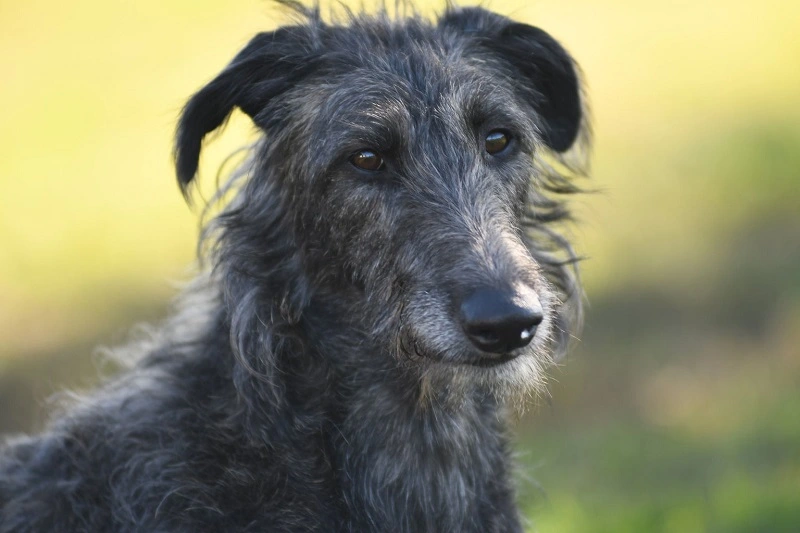
📍 The Scottish deerhound – what kind of dog is it?
The Scottish deerhound is a majestic-looking dog breed. These animals look strong and elegant at the same time. Scottish deerhounds are very calm and friendly pets.
📍 What does the Scottish deerhound look like?
The deerhound looks like a typical sighthound. Its body is quite tall and muscular. The Scottish deerhound is also very slim, thanks to which it looks elegant.
📍 How long does the Scottish deerhound live?
The Scottish deerhound is not a long-living dog. The average lifespan of this breed is between 9 and 11 years. It's not a fixed rule, of course. The life expectancy might differ depending on the health and living conditions of the dog.
📍 How much does the Scottish deerhound cost?
The Scottish deerhound is not a very popular animal, which doesn't mean it's cheap. Depending on the pedigree and the breeder, a deerhound puppies cost about $1,500. Of course, each breeder sets individual pricing.
Featured articles
Maybe you're interested

